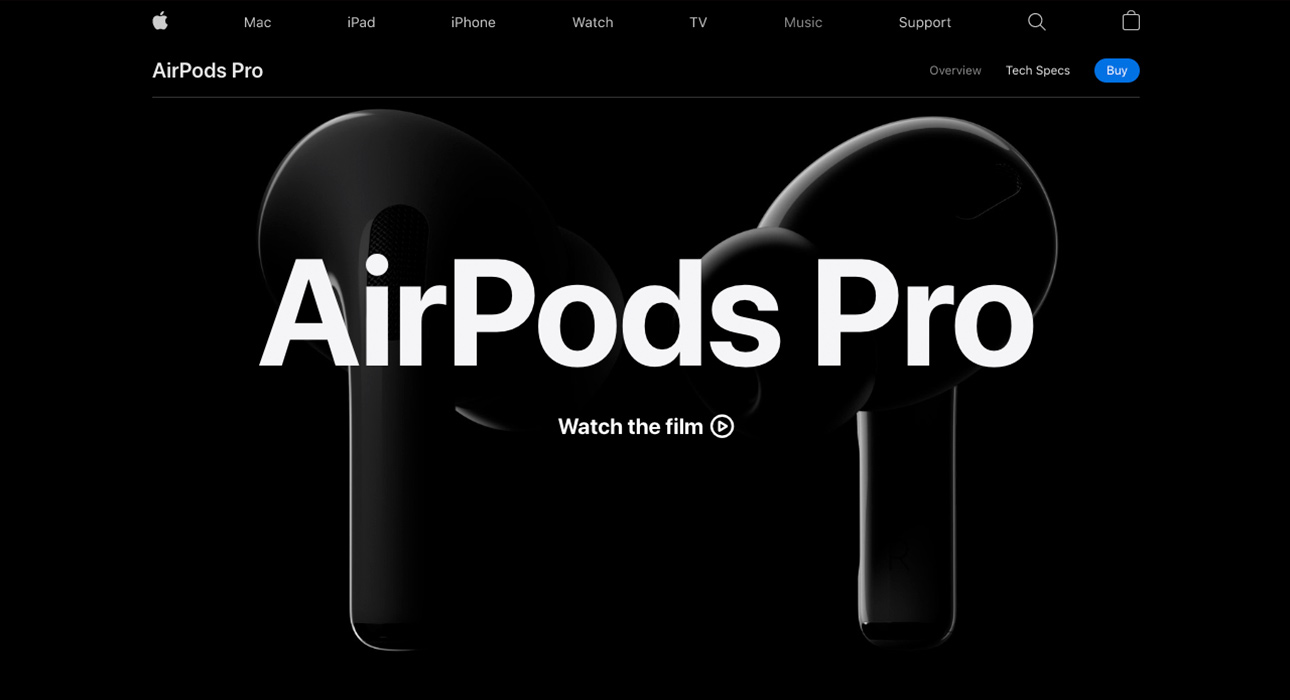When Apple announced their new Spatial Audio feature, I knew I had to get my hands on it. As a lifelong music nerd, any new technology promising a rad new listening experience has me more curious than a cat. So I obtained the necessary gear and eagerly dove headfirst into the spatial audio vortex - here's the wild tech I found under the hood!
Obviously Spatial Audio needs specialized hardware to work its magic. The key ingredients are the AirPods Pro and AirPods Max, which contain accelerometers and gyroscopes to track head movement. That motion data gets sent to your iPhone or iPad using Bluetooth 5.0, which has super fast transfer speeds to avoid lag.
On the software side, the spatial audio magic happens thanks to some incredibly complex digital signal processing. Essentially, this takes a standard stereo audio track and converts it into a surround sound format in real-time. The gyroscope data tells the software exactly how your head is oriented, so it can map the audio to virtual speakers that seem to stay in fixed positions as you move. Trippy!
To pull off this audio trickery, Apple is using a personalized HRTF (head-related transfer function) algorithm. HRTFs simulate how sound waves travel to your ears from any point in space, taking into account how your head and torso shape affect the path. By synthesizing this, the effect can convincingly place sounds at different 3D coordinates.
Each person's HRTF is unique, so Software VP Guy "Bud" Tribble says Apple is using "hundreds of thousands of anthropometric features" to model various shapes and ear configurations. They tested hundreds of subjects to develop a spatial audio algorithm flexible enough to adapt the 3D effect to each user automatically. Mad science!
For movies and videos with 5.1 or Dolby Atmos sound, Apple uses the metadata in each audio track to precisely position dialogue, music, effects, etc in space. This allows the spatial effect to align perfectly with the images on screen. Music mixed in Atmos is mapped similarly, placing instruments and vocals at virtual spots in 3D space using object-based sound positioning.
On the AirPods Pro, Apple is generating a custom binaural stereo downmix optimized for their in-ear design. This transforms surround content into just two channels, while aiming to retain as much positional information as possible. The motion tracking data fills in the spatial gaps using head-relative virtualization.
But on the over-ear AirPods Max, the spatial magic gets a major level up. Rather than downmixing, the Max's computational audio system renders full native surround with directional information encoded separately for each earcup. This enables realtime surround rendering that precisely follows the motion sensors, for next-level immersion. Mind blowing!
To handle this intense spatial processing in real-time, Apple designed the AirPods Max with a beastly new H1 chip. Featuring 10 audio cores, the H1 churns through spatial computing faster than you can say "I feel like I'm inside the matrix!" Add to that active noise cancellation, EQ adaptation and other audio wizardry - it's one potent tiny chip.
Of course, experiencing the full Spatial Audio effect requires content mixed specifically for surround formats. Streaming Apple Music tracks engineered for Dolby Atmos provides the most immersive 360-degree soundscape. But even on normal stereo music, Apple's algorithms can infer a sense of space. They achieve this by splitting sources like vocals and instruments into separate objects. As you move, these stay anchored in place around you rather than shifting entirely between channels. Pretty neat trick!
While not perfect yet, the underlying technology in Apple's Spatial Audio demonstrates just how far mobile audio has come. What they're achieving in real-time using just tiny earbuds is insanely futuristic. It may not be long before we're all living in a 3D sound world!



No comments:
New comments are not allowed.